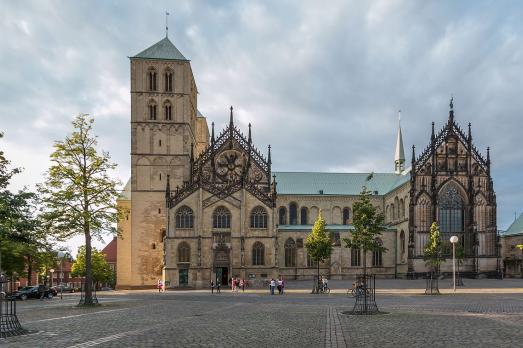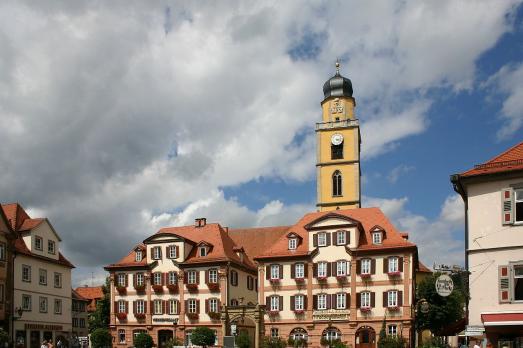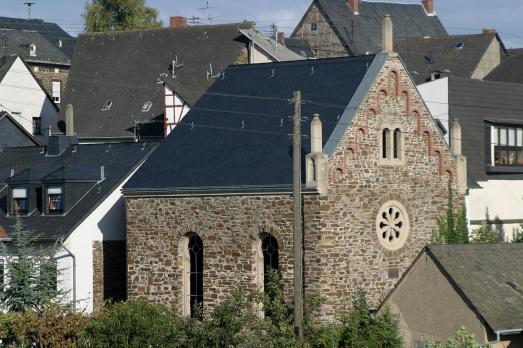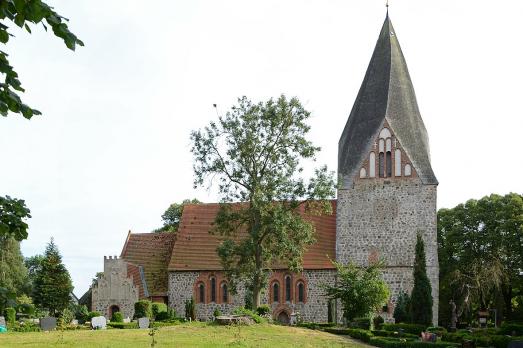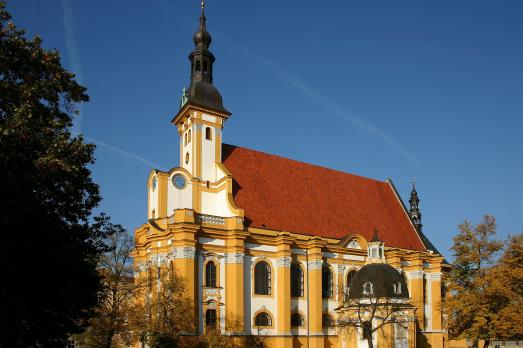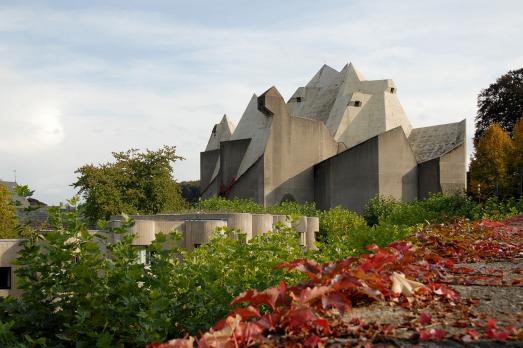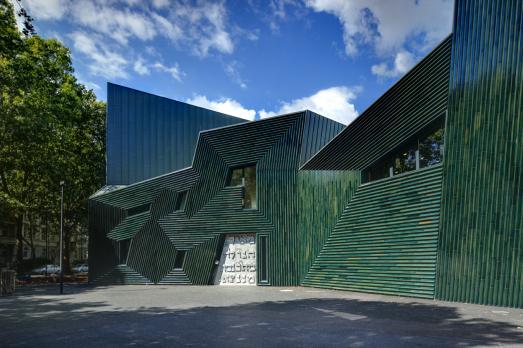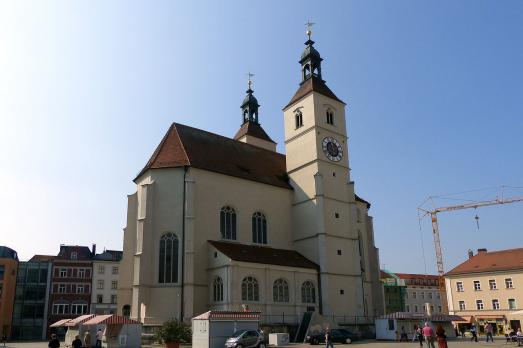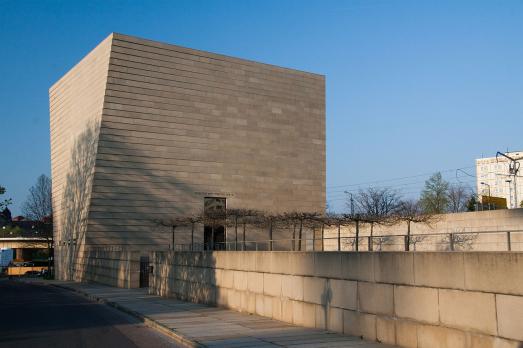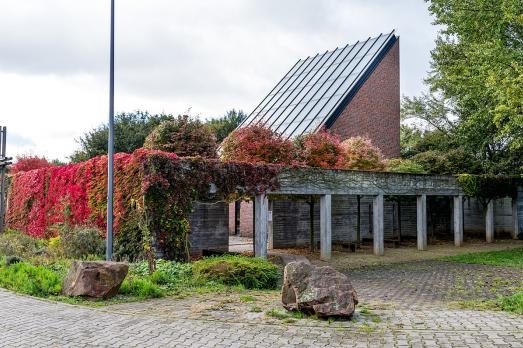
Motorway Church of Medenbach
Wiesbaden, DE
The Motorway Church of Medenbach is a church located on the service area of Medenbach-West on the A 3 Cologne-Frankfurt motorway. The church was designed by the Hessian architect Hans Waechter and was consecrated on 30 March 2001. The motorway church is designed as a low building made of lightweight exposed concrete, surrounded by arcades and courtyard walls. The chapel has exposed brick masonry inside and out.
